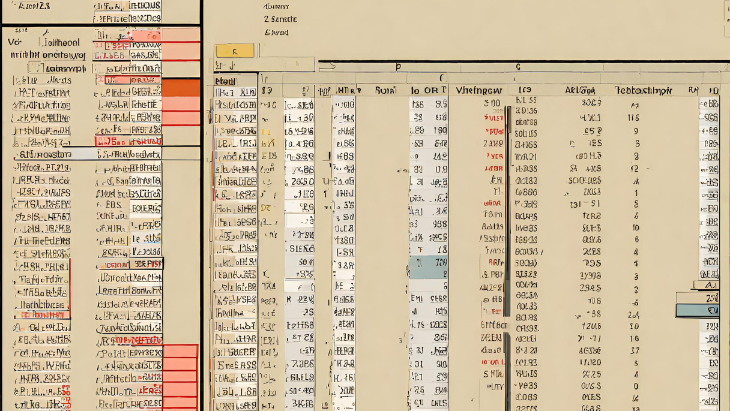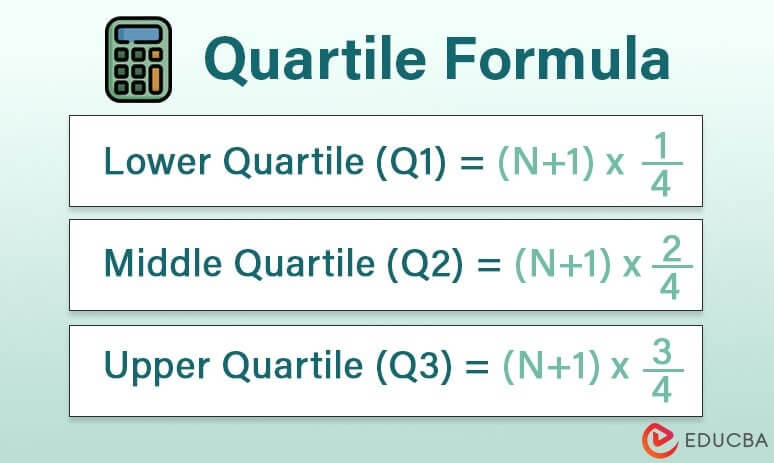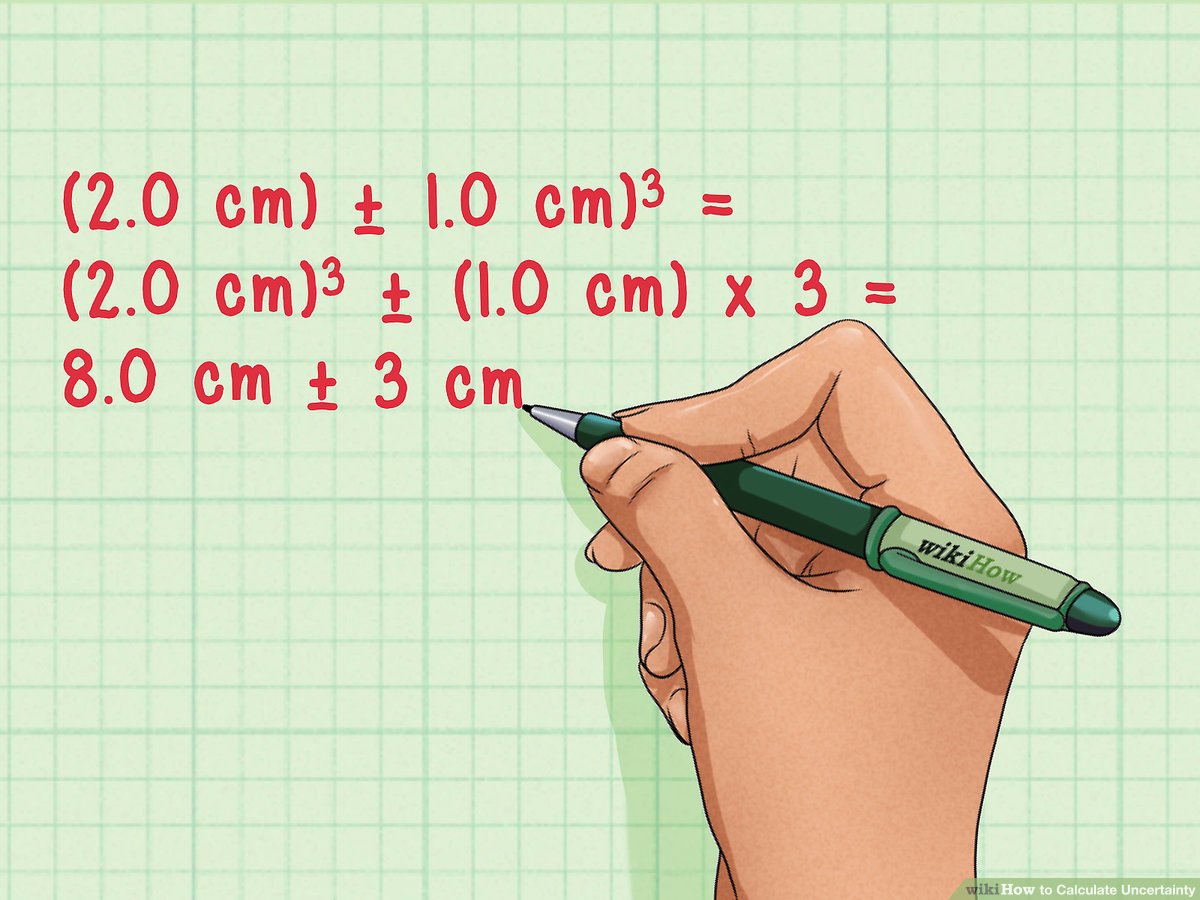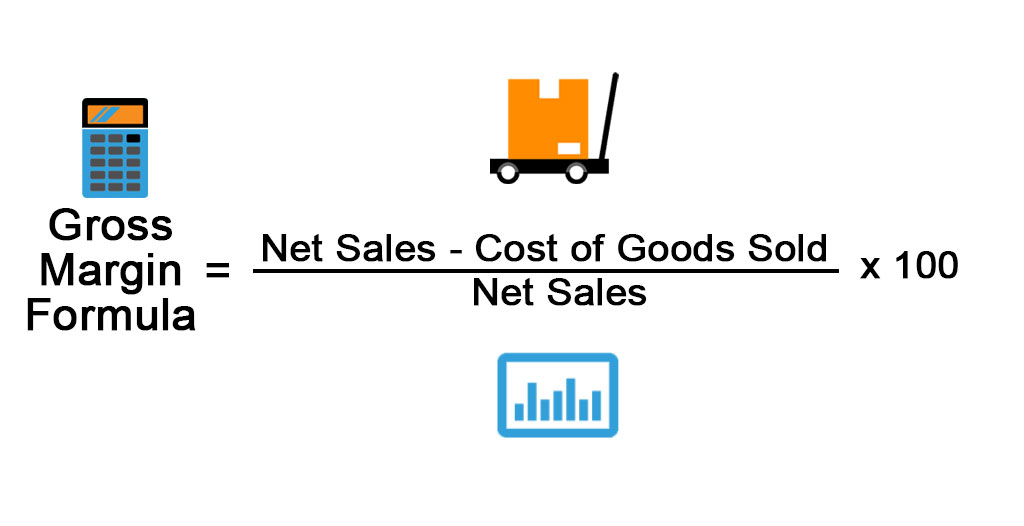The first quartile, also known as the lower quartile, is a measure of central tendency that can be used to describe a data set. It is the value below which 25% of the data points lie. In this article, we will discuss how to find the first quartile manually and using a calculator or spreadsheet.
What is the first quartile?
The first quartile, also known as the lower quartile, is the middle number between the smallest number in a data set and the median. It is the value below which 25% of the data points lie.
How to find the first quartile?
There are two ways to find the first quartile:
- Manually:
- Arrange the data set in increasing order.
- Find the middle number between the smallest number and the median.
- Using a calculator or spreadsheet:
- Enter the data set into a calculator or spreadsheet.
- Use the quartile function to find the first quartile.
Examples:
- Data set: 1, 2, 3, 4, 5, 6, 7, 8, 9, 10
- Manually:
- The smallest number is 1.
- The median is 5.
- The middle number between 1 and 5 is 3.
- Therefore, the first quartile is 3.
- Using a calculator:
- Enter the data set into a calculator or spreadsheet.
- Use the quartile function to find the first quartile.
- The output will be 3.
The first quartile is a useful measure of central tendency that can be used to describe a data set. It can be found manually or using a calculator or spreadsheet.
First Quartile
The first quartile, also known as the lower quartile, is a measure of central tendency that can be used to describe a data set. It is the value below which 25% of the data points lie.
To find the first quartile, you can follow these steps:
- Arrange the data set in increasing order.
- Find the middle number between the smallest number and the median.
For example, if the data set is:
1, 2, 3, 4, 5, 6, 7, 8, 9, 10
The smallest number is 1, the median is 5, and the middle number between 1 and 5 is 3. Therefore, the first quartile is 3.
The first quartile can be used to compare different data sets. For example, if the first quartile of a data set of heights is 170 cm, and the first quartile of another data set of heights is 160 cm, then the first data set has taller heights on average.
The first quartile is a useful measure of central tendency that can be found manually or using a calculator or spreadsheet.
Here are some additional details about the first quartile:
- The first quartile is also known as the lower quartile because it is the value below which 25% of the data points lie.
- The first quartile is a measure of central tendency because it is a value that is representative of the data set as a whole.
- The first quartile can be found manually by arranging the data set in increasing order and finding the middle number between the smallest number and the median.
- The first quartile can also be found using a calculator or spreadsheet by using the quartile function.
How To Find Quartile
Quartiles are a measure of central tendency that can be used to describe a data set. They divide the data set into four equal parts, with each part representing 25% of the data.
There are three quartiles: the first quartile, the second quartile (also known as the median), and the third quartile.
The first quartile is the value below which 25% of the data points lie. To find the first quartile, you can follow these steps:
- Arrange the data set in increasing order.
- Find the middle number between the smallest number and the median.
For example, if the data set is:
1, 2, 3, 4, 5, 6, 7, 8, 9, 10
The smallest number is 1, the median is 5, and the middle number between 1 and 5 is 3. Therefore, the first quartile is 3.
The second quartile is the middle value of the data set. It is also known as the median because it divides the data set into two equal parts.
The third quartile is the value above which 75% of the data points lie. To find the third quartile, you can follow these steps:
- Arrange the data set in increasing order.
- Find the middle number between the median and the largest number.
For example, if the data set is:
1, 2, 3, 4, 5, 6, 7, 8, 9, 10
The largest number is 10, the median is 5, and the middle number between 5 and 10 is 7. Therefore, the third quartile is 7.
Quartiles can be used to compare different data sets. For example, if the first quartile of a data set of heights is 170 cm, and the first quartile of another data set of heights is 160 cm, then the first data set has taller heights on average.
Quartiles are a useful measure of central tendency that can be found manually or using a calculator or spreadsheet.
Quartile Calculator
Quartile calculators are a tool that can be used to find the quartiles of a data set. They are available online, in software, and as add-ons for spreadsheets.
To use a quartile calculator, you simply need to enter the data set into the calculator. The calculator will then calculate the first, second, and third quartiles of the data set.
Quartile calculators can be a useful tool for students, researchers, and anyone who needs to find the quartiles of a data set. They can save time and effort, and they can help to ensure that the quartiles are calculated accurately.
Here are some of the benefits of using a quartile calculator:
- Accuracy: Quartile calculators can help to ensure that the quartiles are calculated accurately.
- Time savings: Quartile calculators can save time and effort by automating the process of calculating quartiles.
- Ease of use: Quartile calculators are easy to use, even for beginners.
If you need to find the quartiles of a data set, a quartile calculator is a valuable tool.
Here are some additional details about quartile calculators:
- Quartile calculators typically work by first sorting the data set in increasing order.
- The calculator then calculates the median of the data set.
- The first quartile is the value below which 25% of the data points lie. It is calculated by finding the median of the lower half of the data set.
- The third quartile is the value above which 75% of the data points lie. It is calculated by finding the median of the upper half of the data set.
Quartile Formula
The quartile formula is a mathematical formula that can be used to find the quartiles of a data set. The formula is as follows:
Qn = (n + 1) / 4
Where:
- Qn is the nth quartile
- n is the number of data points in the data set
To use the quartile formula, you simply need to substitute the number of data points in the data set for the variable n.
For example, if a data set has 10 data points, then the first quartile would be calculated as follows:
Q1 = (10 + 1) / 4
Q1 = 2.5
This means that the first quartile of the data set is the value below which 25% of the data points lie.
The quartile formula can be used to find all three quartiles of a data set.
Here are some additional details about the quartile formula:
- The quartile formula is a simple and accurate way to find the quartiles of a data set.
- The quartile formula can be used for any data set, regardless of the size or distribution of the data.
I hope this information is helpful. Please let me know if you have any other questions.
Here are some examples of how to use the quartile formula:
- Data set: 1, 2, 3, 4, 5, 6, 7, 8, 9, 10
- Number of data points: 10
First quartile:
Q1 = (10 + 1) / 4
Q1 = 2.5
Second quartile:
Q2 = 5
Third quartile:
Q3 = 7.5
Data set: 10, 11, 12, 13, 14, 15, 16, 17, 18, 19
- Number of data points: 10
First quartile:
Q1 = (10 + 1) / 4
Q1 = 12.5
Second quartile:
Q2 = 15
Third quartile:
Q3 = 17.5










